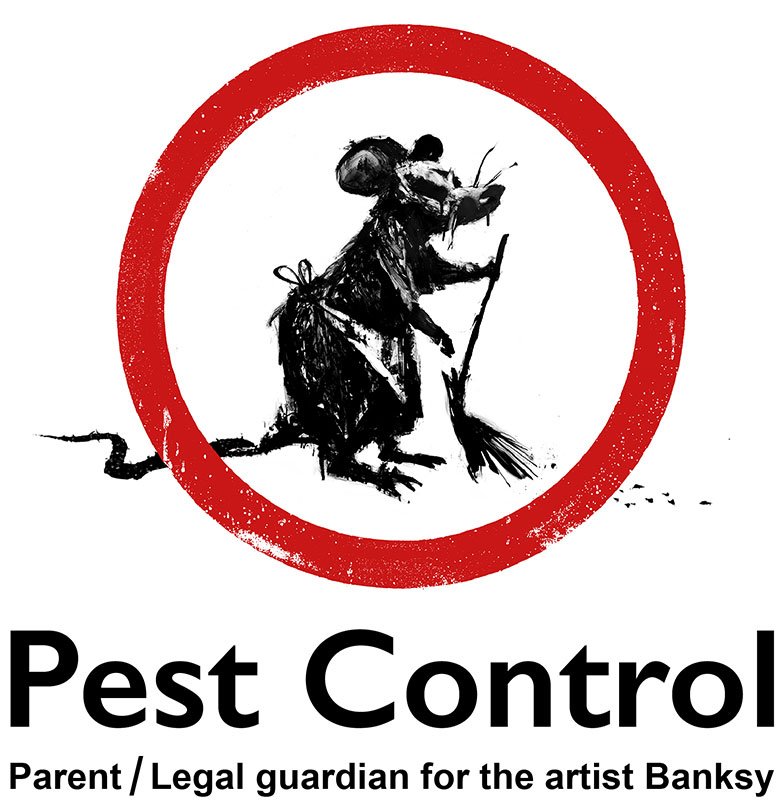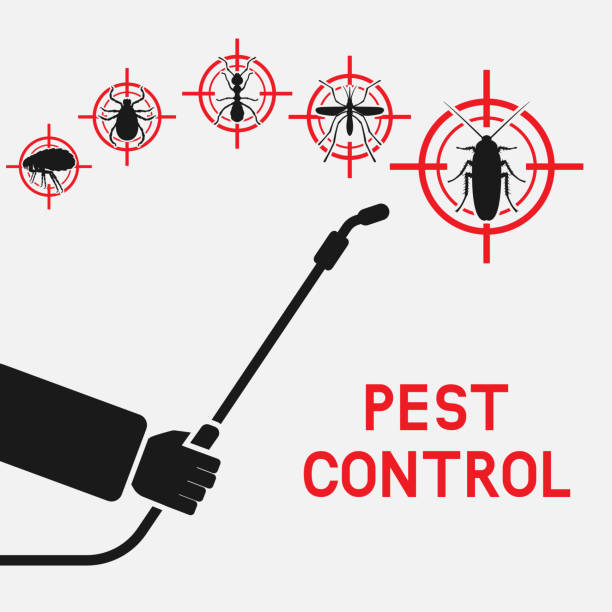Dependable Solutions for Rodents and Bugs from Pest Control Lockhart
Dependable Solutions for Rodents and Bugs from Pest Control Lockhart
Blog Article
Checking Out Invasion and Treatment Approaches in the World of Bug Control
The landscape of bug control encompasses a myriad of challenges, especially as infestations of typical house insects continue to develop. By incorporating preventative measures with advanced monitoring methods, such as Integrated Pest Monitoring (IPM), property owners can better safeguard their environments.

Common House Pests
When it pertains to handling our living spaces, recognizing typical home parasites is crucial. These insects not just disrupt our convenience yet can additionally pose wellness threats and damage home. One of the most widespread home pests include ants, roaches, rodents, termites, and bed bugs.
Ants, frequently seen foraging in cooking areas, can contaminate food and develop huge swarms. Rodents, including mice and rats, can trigger architectural damage and lug diseases like hantavirus and salmonella.
Acknowledging the indicators of these insects, such as droppings, nests, or attack marks, is important for early intervention (Pest Control Lockhart). Appropriate hygiene methods, sealing access points, and keeping a clutter-free setting are effective preventative actions. By identifying these common house pests and comprehending their actions, homeowners can take aggressive actions to minimize infestations, making certain a much healthier living setting
Understanding Insect Infestations
Bug problems can intensify quickly, turning a minor annoyance right into a significant issue if not resolved quickly. Typical elements adding to infestations include bad sanitation, architectural vulnerabilities, and seasonal modifications that drive parasites indoors.
Identifying the sort of pest is vital, as different varieties exhibit varied habits and reproductive prices. As an example, rats may develop nests in covert areas while insects like roaches thrive in wet settings. Early detection typically rests on acknowledging indicators such as droppings, nibble marks, or unusual audios, which can indicate a trouble prior to it ends up being serious.
Ecological problems also play an important duty in pest spreading. Warm, damp environments can promote the quick growth of parasite populations, while modifications in landscape design or construction can unintentionally produce favorable atmospheres. For that reason, normal assessments and preventative measures are vital to reducing the danger of infestations. An educated approach to recognizing these dynamics lays the foundation for effective parasite monitoring techniques in the future.
Treatment Approaches and Strategies
Effective treatment methods and strategies are necessary for mitigating pest invasions and restoring a safe atmosphere. A complex technique is often best, integrating chemical, biological, and mechanical techniques tailored to the particular insect and the severity of the problem.
Chemical treatments consist of using insecticides and herbicides, which can efficiently eliminate bugs. Nonetheless, proper application and adherence to safety and security standards are critical to reduce risks to people and non-target microorganisms. Integrated Bug Management (IPM) encourages the cautious use chemicals as a last resource, counting instead on surveillance and limit degrees to identify intervention demands.
Biological control techniques involve introducing natural killers or bloodsuckers to minimize insect populations. This strategy is significantly preferred, especially in agricultural settings, as it promotes ecological sustainability.
Mechanical approaches, such as catches and barriers, provide prompt remedy for pests without introducing chemicals. Alternatives include sticky catches for insects or physical barriers for rodents.
Eventually, the choice of therapy method ought to consider the particular bug, the setting, and potential effect on human wellness and ecological communities. A balanced combination of these techniques can properly manage invasions while promoting long-term bug control remedies.
Preventative Measures for House
Proactively addressing pest issues before they intensify is crucial for maintaining a healthy home environment (Pest Control Lockhart). Executing effective safety nets can considerably reduce the possibility of infestations, eventually safeguarding both your property and well-being

Appropriate landscaping additionally plays a critical function in avoidance. Keeping bushes and trees trimmed away from your home minimizes the possibilities of bugs locating their method indoors. In addition, guarantee that drain systems are working effectively to prevent standing water, which can reel in insects and various other insects.
Finally, regular examinations are suggested. Regularly inspecting for indicators of insect task permits early intervention. By adopting these safety nets, property owners can produce an atmosphere that is much less friendly to bugs, consequently improving their general lifestyle and lowering the need for substantial pest control treatments.
Industrial Pest Control Methods
A detailed strategy to business parasite control weblink is necessary for businesses aiming to keep a safe and hygienic environment. Efficient techniques entail a mix of regular assessments, worker training, and the implementation of Integrated Insect Monitoring (IPM) techniques.
Regular examinations enable early detection of insect task, enabling prompt treatment. Businesses should develop a routine timetable for these analyses, concentrating on risky areas such as kitchen areas, storage space spaces, and waste disposal sites. Worker training is similarly vital; team needs to be informed on the signs of parasite problems and the importance of reporting them quickly.
Applying IPM techniques helps mitigate bug issues sustainably. This includes environment modification, such as securing entry points and decreasing clutter, as well as using all-natural deterrents before turning to chemical treatments.

Additionally, teaming up with a licensed parasite control copyright makes sure accessibility to expert understanding and advanced treatment options. This partnership can cause tailored insect control prepares tailored to the details needs of business, minimizing threats and improving total efficacy. Ultimately, an aggressive and enlightened technique promotes a pest-free atmosphere, safeguarding both public wellness and organization online reputation.
Final Thought
In conclusion, effective insect control requires a thorough understanding of usual family parasites and their actions, paired with targeted treatment approaches. Carrying out precautionary actions along with therapy techniques such as Integrated Insect Monitoring continue reading this and organic control enhances the capacity to mitigate infestations.
Report this page